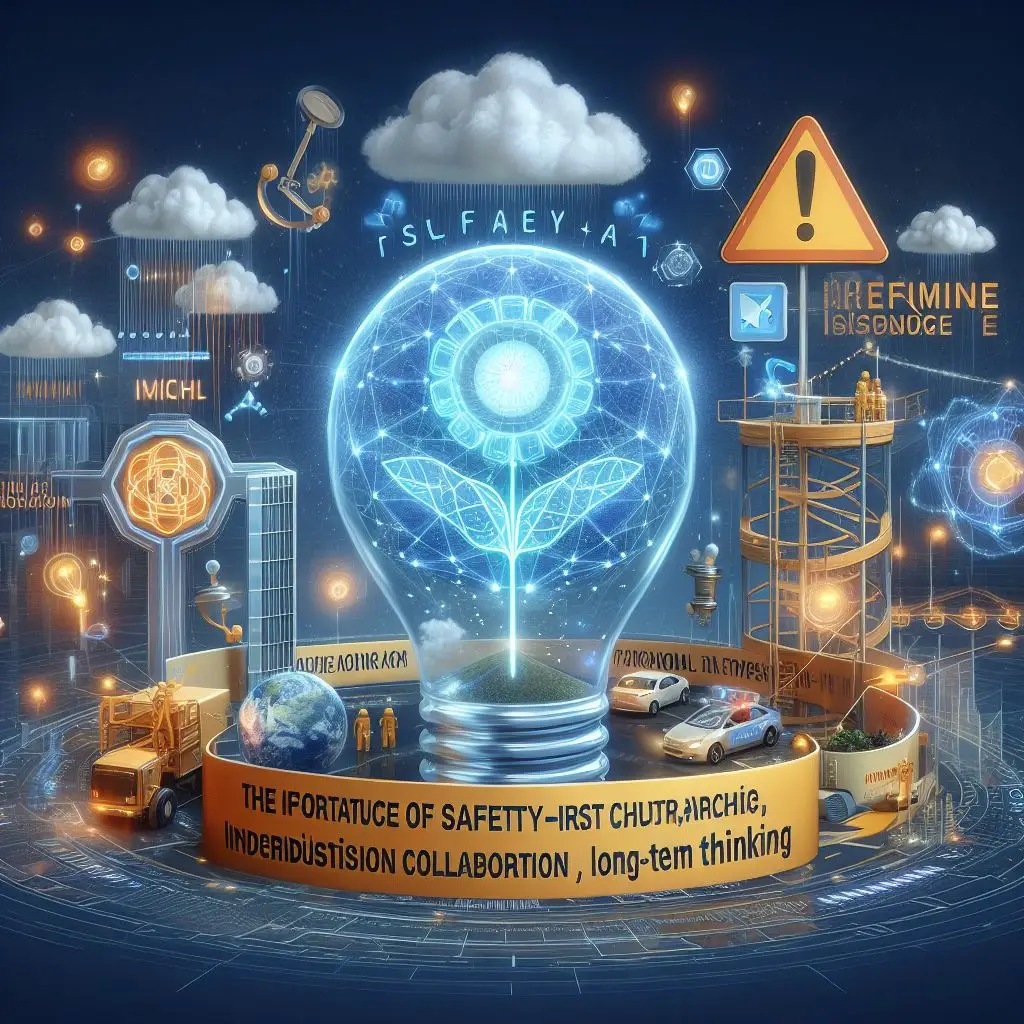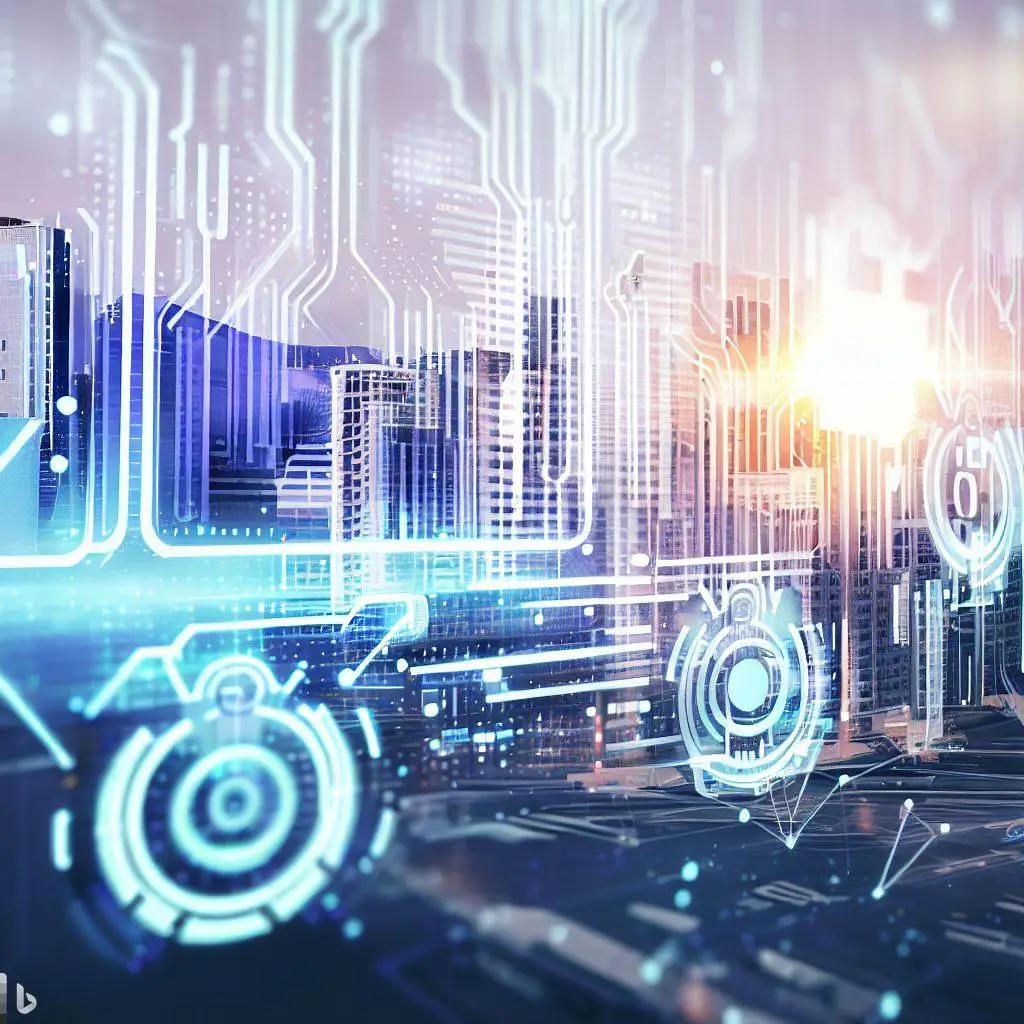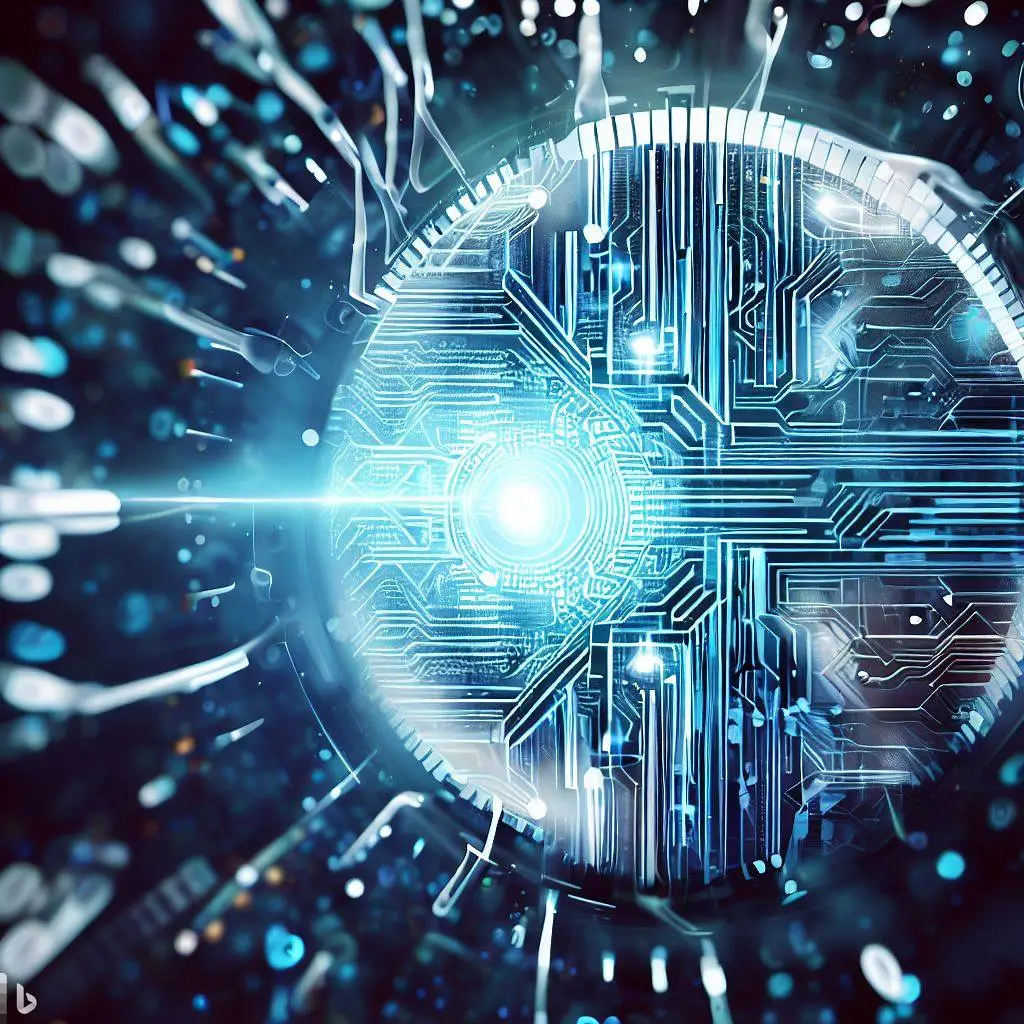Introduction
The world of artificial intelligence (AI) is in a constant state of flux, with major developments and shifts occurring frequently. One such recent event has stirred significant debate and concern within the AI community: the dissolution of OpenAI's Superalignment team. This decision follows the departure of two prominent figures in the field, Ilya Sutskever and Jan Leike, who were integral to the company's AI safety initiatives. The Superalignment team, established to address long-term risks associated with advanced AI, will now be integrated into OpenAI's broader research efforts. This article explores the implications of this move, the context leading up to it, and the broader debate it has ignited within the AI community.
The Formation of the Superalignment Team
OpenAI formed the Superalignment team less than a year ago, with the goal of ensuring that future AI systems would be safe and beneficial for humanity. This team was tasked with tackling some of the most challenging and speculative aspects of AI safety, focusing on long-term risks that could arise from the development of artificial general intelligence (AGI).
The Departure of Key Leaders
The departure of Ilya Sutskever and Jan Leike last week marked a significant turning point for OpenAI. Both were key figures within the organization, known for their contributions to AI research and safety. Their resignations came after months of internal tension, highlighting deep-rooted disagreements over the company's priorities.
Jan Leike’s Statement
In a statement following his resignation, Jan Leike cited disagreements over OpenAI’s core priorities as the primary reason for his departure. He expressed concern that the company’s focus had shifted away from safety culture and processes towards the development of high-profile products. Leike emphasized the need for OpenAI to become a "safety-first AGI company" to mitigate the risks associated with advanced AI.
Reaction from Greg Brockman
OpenAI President Greg Brockman responded to Leike’s claims on social media platform X, reaffirming the company's commitment to AI safety. Brockman acknowledged the challenges but maintained that OpenAI remains dedicated to ensuring the safe and beneficial deployment of AI technologies.
Integrating Superalignment into Broader Research
The decision to integrate the Superalignment team into broader research efforts is seen by some as a pragmatic step, aiming to embed safety considerations across all aspects of AI development. However, others view it as a dilution of focus, potentially undermining the dedicated efforts required to address the unique challenges of AGI safety.
Perspectives from the AI Community
The dissolution of the Superalignment team has elicited mixed reactions from the AI community. Proponents of accelerated AI development argue that integrating safety into broader research can streamline efforts and foster innovation. Conversely, critics worry that this move signals a deprioritization of safety, potentially increasing the risks associated with advanced AI.
The Role of AI Safety
AI safety encompasses a range of activities aimed at ensuring that AI systems operate as intended and do not cause harm. This includes addressing immediate technical challenges, as well as long-term risks associated with the development of AGI, which could surpass human intelligence and capabilities.
Historical Context
The debate over AI safety is not new. It has been a topic of concern among researchers and policymakers for years, particularly as AI systems have grown more capable and widespread. OpenAI has been at the forefront of this conversation, with its mission to ensure that AGI benefits all of humanity.
The Importance of Dedicated Safety Teams
Dedicated safety teams, like the Superalignment team, play a crucial role in addressing specific risks and developing targeted solutions. These teams bring together experts from various fields to focus on the unique challenges posed by advanced AI, ensuring that safety considerations are not overshadowed by other priorities.
Potential Risks of AGI
The development of AGI carries significant potential risks. These include the possibility of unintended behaviors, the concentration of power, and the challenge of ensuring that AGI systems align with human values and priorities. Addressing these risks requires careful planning, robust safety measures, and ongoing research.
Balancing Innovation and Safety
One of the key challenges in AI development is balancing innovation with safety. While rapid advancements can drive progress and economic benefits, they also increase the complexity and potential risks associated with AI systems. Finding this balance is critical to ensuring the long-term benefits of AI.
Industry Reactions
The AI industry's reaction to the disbanding of the Superalignment team has been polarized. Some industry leaders support the move, arguing that integrating safety into broader research efforts can enhance overall outcomes. Others fear that it may lead to a reduction in focused efforts on critical safety issues.
The Role of Governance and Regulation
Governance and regulation play a vital role in ensuring AI safety. Governments and regulatory bodies must work closely with AI developers to establish guidelines and standards that promote safe and ethical AI development. This includes addressing both immediate and long-term risks.
OpenAI’s Commitment to Safety
Despite the recent changes, OpenAI has reiterated its commitment to AI safety. The company has a history of prioritizing ethical considerations and has been a vocal advocate for the responsible development of AI technologies. This commitment is now being tested as it navigates internal and external challenges.

The Future of AI Safety Research
The future of AI safety research will likely involve a combination of dedicated teams and integrated efforts across various domains. This hybrid approach can leverage the strengths of both models, ensuring that safety remains a core focus while fostering innovation and collaboration.
Academic and Public Concerns
Academics and the public have raised concerns about the potential consequences of disbanding the Superalignment team. Many fear that without a dedicated focus on safety, the risks associated with AGI could be underestimated or overlooked, leading to unforeseen challenges.
Ethical Considerations
Ethical considerations are central to the debate over AI safety. Ensuring that AI systems align with human values and do not cause harm requires ongoing ethical reflection and the development of robust frameworks to guide AI development and deployment.
The Role of Transparency
Transparency is crucial in building trust and ensuring the safety of AI systems. OpenAI and other organizations must continue to communicate their safety efforts, research findings, and decision-making processes to the public and other stakeholders.
Collaboration Across Sectors
Collaboration across sectors, including academia, industry, and government, is essential to addressing the complex challenges of AI safety. By working together, these entities can develop comprehensive solutions that address both immediate and long-term risks.
The Challenge of Predicting AGI Development
Predicting the timeline and trajectory of AGI development is inherently challenging. This uncertainty complicates efforts to plan for and mitigate potential risks, underscoring the need for flexible and adaptive safety strategies.
Lessons from Other Technologies
Lessons from the development of other transformative technologies can inform AI safety efforts. Historical examples, such as nuclear energy and biotechnology, highlight the importance of proactive safety measures and the potential consequences of underestimating risks.
The Impact on OpenAI’s Reputation
The recent changes at OpenAI have implications for the company’s reputation. How OpenAI handles this transition and addresses safety concerns will influence its standing within the AI community and the broader public.
Stakeholder Perspectives
Stakeholders, including investors, partners, and customers, have varying perspectives on the dissolution of the Superalignment team. Balancing these perspectives while maintaining a commitment to safety is a critical challenge for OpenAI.
The Role of Leadership
Leadership plays a crucial role in shaping an organization’s approach to AI safety. The departure of key leaders like Sutskever and Leike underscores the importance of strong leadership in maintaining a focus on safety amidst competing priorities.
The Importance of a Safety-First Culture
Cultivating a safety-first culture within AI organizations is essential to ensuring that safety remains a top priority. This involves fostering an environment where safety concerns are valued and addressed at all levels of the organization.
Technical Challenges in AI Safety
The technical challenges of AI safety are numerous and complex. They include ensuring robustness, preventing unintended behaviors, and developing methods for aligning AI systems with human values. Addressing these challenges requires ongoing research and innovation.
The Role of Funding
Funding is a critical factor in supporting AI safety research. Ensuring adequate resources for safety-focused initiatives is essential to advancing our understanding of potential risks and developing effective mitigation strategies.
Public Perception and Trust
Public perception and trust in AI technologies are influenced by how safety concerns are addressed. Building and maintaining trust requires transparency, accountability, and a demonstrated commitment to safety.
The Broader Ethical Implications
The broader ethical implications of AI development extend beyond safety. Issues such as privacy, fairness, and social impact must also be considered to ensure that AI technologies are developed and deployed responsibly.
The Need for Interdisciplinary Approaches
Addressing the challenges of AI safety requires interdisciplinary approaches that bring together expertise from computer science, ethics, psychology, and other fields. This diversity of perspectives is essential to developing comprehensive safety solutions.
The Role of International Collaboration
International collaboration is vital in addressing the global challenges of AI safety. By working together, countries can develop harmonized standards and share best practices to ensure the safe development and deployment of AI technologies.
The Potential for Unintended Consequences
The potential for unintended consequences is a significant concern in AI development. Ensuring that AI systems operate as intended and do not cause harm requires rigorous testing, validation, and ongoing monitoring.
The Importance of Long-Term Thinking
Long-term thinking is essential in addressing the risks associated with AGI. This involves anticipating future challenges and developing strategies to mitigate potential risks before they materialize.
The Role of AI Ethics Boards
AI ethics boards play a crucial role in overseeing the development and deployment of AI technologies. These boards, composed of experts from various fields, provide guidance on ethical considerations and ensure that safety remains a priority throughout the development process.
Addressing Public Concerns
Addressing public concerns about AI safety is essential to maintaining trust and support for AI technologies. OpenAI and other organizations must engage with the public, provide clear information about their safety efforts, and listen to feedback and concerns.
The Need for Robust Testing
Robust testing is a key component of ensuring AI safety. This includes testing AI systems in diverse and challenging environments to identify potential issues and ensure that they perform reliably and safely under various conditions.
The Impact on AI Research
The dissolution of the Superalignment team could impact the broader field of AI research. Other organizations and researchers may need to step up their efforts to fill the gap and continue advancing our understanding of AI safety.
The Future of AI Policy
AI policy will play an increasingly important role in shaping the development and deployment of AI technologies. Policymakers must work closely with researchers and industry leaders to develop regulations that promote safety and innovation.
Conclusion
The dissolution of OpenAI's Superalignment team marks a significant moment in the ongoing debate over AI safety. While some see this move as a step towards integrating safety into broader research efforts, others fear it signals a deprioritization of critical safety concerns. The departure of key leaders and the resulting shifts within OpenAI highlight the challenges of balancing innovation with safety. As the AI community continues to grapple with these issues, it is essential to maintain a focus on ensuring that AI technologies are developed and deployed in ways that are safe, ethical, and beneficial for all of humanity. Moving forward, collaboration, transparency, and a commitment to robust safety measures will be crucial in navigating the complex landscape of AI development.









Add a Comment: